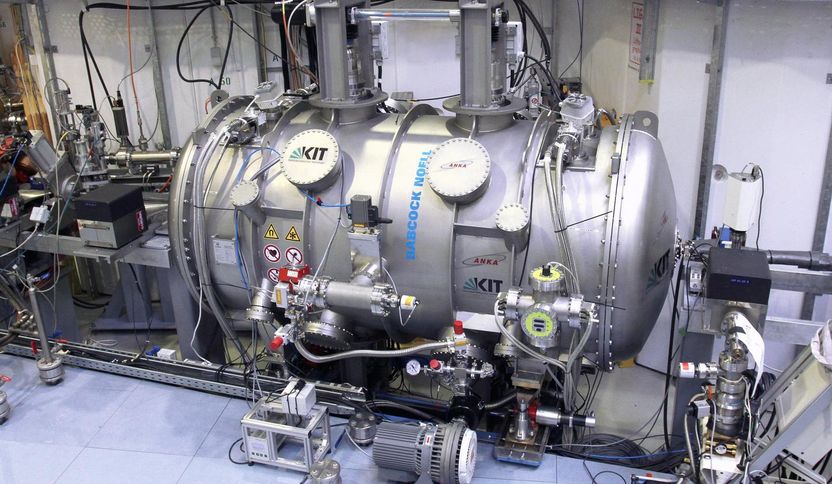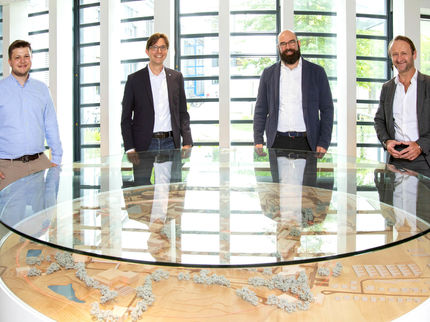Novel superconducting undulator provides first X-ray light at ANKA
Successful installation and testing of high-performance superconducting undulator SCU15
Advertisement
synchrotron radiation facilities provide insights into the world of very small structures like microbes, viruses or nanomaterials and rely on dedicated magnet technology, which is optimized to produce highest intensity beams. The ANKA synchrotron radiation facility at KIT and Babcock Noell GmbH now took a technological leap forward: They have successfully developed, installed, and tested a novel full-length superconducting undulator, for the first time providing higher peak magnetic fields for the production of X-rays than traditional permanent-magnet undulators currently in use in facilities around the world.
Synchrotron radiation is one of the most intense sources of x-rays and infrared radiation, and is a powerful tool for research in both industry and academia. It provides unique insights into the world of biology, medicine, chemistry and physics, and equips industrial researchers with non-destructive means of analysing materials or components of future devices and machines.
The ANKA synchrotron radiation facility at the Karlsruhe Institute of Technology (KIT) and its industrial partner Babcock Noell GmbH (BNG) have successfully developed, installed, and tested a novel superconducting undulator in the ANKA storage ring during the 2014/2015 winter shutdown.
The new full-length, high-performance superconducting undulator, named „SCU15", is a 1.5 meter long device that forces electrons on an undulating path, using a periodic magnetic field with 100 periods of 15 millimeters each. "The installation and reliable operation of the SCU15 is a major milestone in a long-term research & development program devoted to next-generation insertion devices, and it is a significant breakthrough in superconducting insertion device design", states Dr. Sara Casalbuoni, head of the insertion device research group at ANKA. Cristian Boffo, head of the development department in magnet technologies at BNG, adds: "Novel technological approaches implemented in the design of SCU15 have led to a successful completion of the first milestone in our KIT-BNG collaboration, making the SCU15 a world-wide unique device". The joint development was supported through funding by the Helmholtz Association, enabling ANKA to conduct a multi-year research and development program in the area of superconducting insertion devices.

SCU15 is a unique superconducting undulator for production of high-brilliance x-rays installed in the ANKA storage ring.
KIT/ANKA/BNG
As Prof. Anke-Susanne Müller, one of the three directors of ANKA and head of the accelerator research activities at KIT, points out: "With future devices on the drawing board, the encouraging results obtained with the SCU15 at ANKA paint a bright picture for the future implementation of SCU devices in current synchrotron radiation facilities and the next generation of low-emittance light sources".

































































